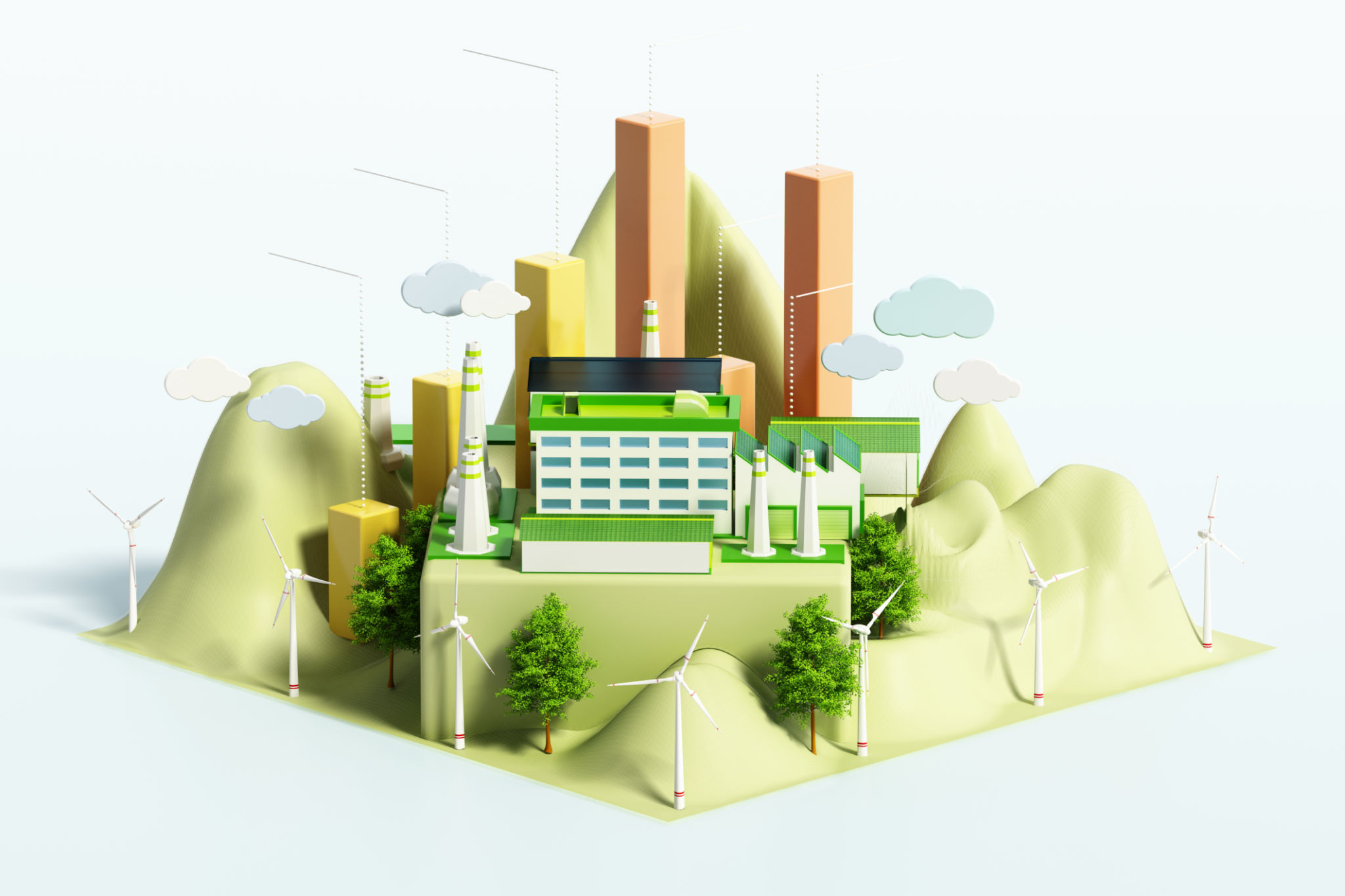Comprehensive Guide to Creating Environmentally Friendly Art at Home
Introduction to Environmentally Friendly Art
Creating art at home can be a rewarding and fulfilling hobby, but it's important to consider the environmental impact of your materials and processes. By adopting sustainable practices, you can ensure that your creative endeavors are kind to the planet. In this guide, we'll explore various ways to make your art more environmentally friendly.

Choosing Sustainable Materials
One of the first steps in creating eco-friendly art is selecting materials that have minimal environmental impact. Consider using recycled or upcycled materials, which not only reduce waste but also add unique textures and stories to your pieces. Additionally, look for art supplies labeled as non-toxic and biodegradable.
When purchasing paper products, opt for those made from recycled content or sustainably sourced fibers. Investing in high-quality, durable materials can also reduce the frequency of repurchasing, leading to less waste over time.
Eco-Friendly Paints and Inks
Traditional paints often contain harmful chemicals and volatile organic compounds (VOCs) that can be detrimental to both health and the environment. Instead, choose water-based paints and inks or those specifically marked as low-VOC. These options are less toxic and safer for indoor use.

Another great option is to make your own natural paints using ingredients like plant dyes, coffee grounds, or spices. This not only ensures that your paints are eco-friendly but also adds an extra layer of creativity to your work.
Repurposing and Upcycling
Repurposing items you already have at home can be a fantastic way to create unique art pieces while minimizing waste. Old magazines, fabric scraps, and glass jars are just some examples of materials that can be transformed into beautiful artwork. Let your imagination run wild as you find new uses for old items.

Consider joining local swap meets or online groups where artists exchange materials. These communities often offer free or low-cost supplies and provide inspiration through shared ideas and resources.
Energy-Efficient Practices
Beyond materials, consider the energy consumption associated with your artwork. Opt for natural lighting when possible and turn off lights when they're not in use. If you use electronic devices in your art-making process, such as computers or tablets, ensure they are energy-efficient models and unplug them when not in use.
Furthermore, think about how you can incorporate renewable energy sources into your art practice. Solar-powered lighting or tools can significantly reduce your carbon footprint.
Conclusion: Embrace Creativity Sustainably
By making conscious choices about the materials and processes you use, you can create beautiful art that respects the environment. Embrace the challenge of finding innovative solutions that enhance both your artistic practice and the world around you. Every small step toward sustainability counts, allowing your creativity to flourish in harmony with nature.